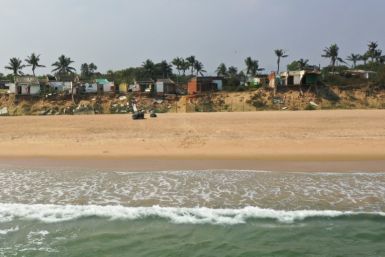Melbourne, Sydney Hotel Prices Up
Melbourne and Sydney are featured in the Top 10 list of cities with the highest increase in hotel prices worldwide in the first half of the year, according to the latest Hotels.com® Hotel Price Index.
“In the first half of this year, Melbourne had the fourth largest increase in hotel prices in the world while Sydney had the sixth largest,” Johan Svanstrom, Managing Director, Asia Pacific for Hotels.com said in a statement.
The Hotels.com report said that average hotel prices in Melbourne and Sydney were up 11% and 10% year-on-year respectively, outstripping the average global rise of just 3%.
It said Canberra bucked the national trend falling 8% to $177 but was still ahead of Brisbane, Sydney and Melbourne ($174, $172, $154 respectively).
“There is a complex interplay of factors driving the price increases in primary hotel markets in Australia including the relatively robust performance of the economy, solid demand from Asian leisure travellers and a strong corporate and conference market," Svanstrom said.
“The strength of the in-bound Asian market was offset by a decline in travellers from Europe and the US, caused by the rising cost of long-haul flights due to oil price inflation, and the decline in value of their currencies against the Aussie dollar,” he said.
The Hotels.com HPI is based on bookings made on Hotels.com sites around the world and tracks the real prices paid per hotel room (rather than advertised rates) for about 125,000 properties across more than 19,000 locations.
The latest HPI looks at prices in the first half compared to the same period last year.
Hotels.com found that hotel prices around the world have experienced pronounced volatility as a result of political unrest and natural disasters in the first half, compared with the same period last year.
Areas that registered decline in hotel prices were New Delhi and Hiroshima, 38%; Kyoto, 33%;
Cape Town, 24%; Shanghai, 23%; Manila, 20%; San Diego, 19%; Abu Dhabi, 16%; Dubai, 15% and Taipei,14%.
Hotels.com said countries across Asia became a lot cheaper as the Australian dollar’s surged in the first half.
Japanese cities featured prominently in the table of biggest fallers with Hiroshima, Kyoto, Osaka and Tokyo all posting double-digit price falls following the earthquake, tsunami and nuclear crisis in March.
Singapore hotel prices, however, rose due to the strong occupancy levels driven by increasing number of both tourist and corporate travellers.
“This year, for the first time, dramatic political and natural world events, such as the Japanese earthquake and Arab Spring, have caused the most pronounced level of hotel price volatility," David Roche, president of Hotels.com said.
“However, despite some exceptional price movements, it is important to highlight that, overall, the picture has been one of gradual recovery with many room rates still on a par with what they were seven years ago, representing great value for the traveller," he said.
In the US, hotels became a lot cheaper in a number of popular cities, despite the average room rates showing a modest 2% increase. The average room rate fell by 19% to $128 in San Diego and by 5% in Las Vegas.
There were some exceptions with San Francisco up 8% to $179, as the city remained popular with both business and leisure travellers. Honolulu also posted a rise, up 13% to $205.






